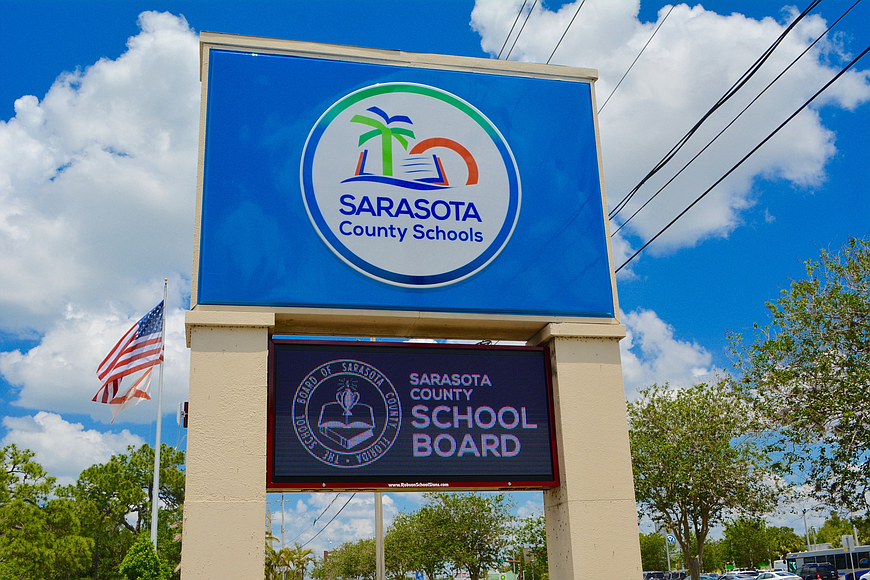- November 21, 2024
-
-
Loading

Loading

The Sarasota County School Board on Tuesday adopted a budget of $503 million for the 2020-21 school year.
Under the plan, the general fund budget would increase by 5.7% from $477 million last year.
However, budgeting this year has been complicated by COVID-19's effects and uncertainty about revenue based on enrollment and county tax revenue would affect the budget.
The uncertainty prompted board members Bridget Ziegler and Eric Robinson to vote against the plan.
For each student enrolled, the district receives about $8,000 annually from the state. Ahead of the 2020-21 school year, about 920 students chose Florida virtual schooling or homeschooling, which equates about $7.4 million missed in state funds.
First-day attendance was 6,000 students below expectations, which rebounded to 3,000 on the second day, complicating the district's overall enrollment estimates. The state will pay districts based on pre-pandemic enrollment numbers through 2020, but will adjust funding in February.
The budget includes a 2.7% increase in funding for operations, which will be used for teacher salaries and benefits. Under the new budget, $7.8 million in state funds will be used to raise the district’s minimum teacher salary to at least $47,500, up from $44,300, part of Gov. Ron DeSantis’ plan to raise teacher salaries across Florida.
Because a majority of the budget is focused on teacher salaries, a budget shortfall would likely mean staff layoffs. Ahead of the school year, the district left about 90 staff positions vacant.
However, Robinson said those salaries were still included in the budget, which causes inaccurate numbers.
“I would rather the budget reflect our best estimate, and I don’t believe that it does,” he said.
Board Chair Caroline Zucker, however, said that board members shouldn't be too caught up on preliminary numbers.
"The budget is flexible, and within the budget you can make changes as long as you don't go over the budget amount," Zucker said.
In voting against the budget, Ziegler said she was concerned about capital expenses that aren’t critical. “I want to make sure we are being as fiscally conservative as we can,” she said.
The board also approved a millage rate of 6.975, up from last year’s rate of 6.943. The increase is the first since 2013-14, and Chief Financial Officer Mitsi Corcoran said it was due to an increase in the required local effort millage, which is given to the district by the state.
The millage rate is calculated at $1 for every $1,000 of assessed taxable property value. So a homeowner with a home with a taxable value of $200,000 can expect to pay $1,395 for the year, about a $6 increase over the previous year.